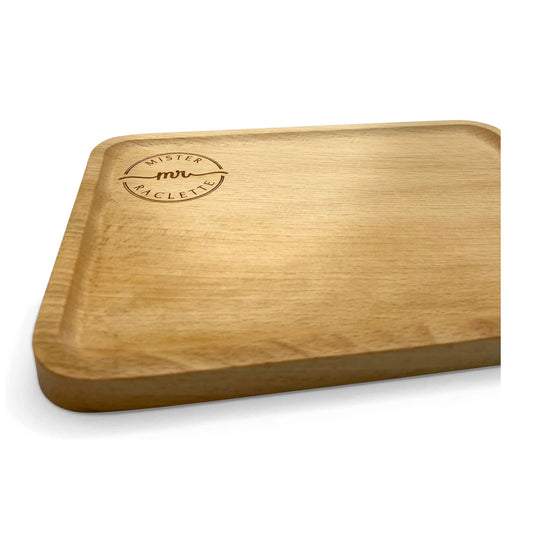Discover raclette cheese
Originally from the
Valais region of Switzerland, raclette cheese is made from raw cow's milk. Mainly used to make Valais raclette, its reputation has spread far beyond Switzerland's borders. Many countries, from Switzerland to France, Quebec and Australia, have adopted its production.
The history of raclette cheese
The history of this cheese goes back a long way. It is mentioned in writings from the Middle Ages, when it served as currency and food for soldiers in the mountains. Over time, this Swiss specialty gained ground, seducing France and other countries.
The Valais Raclette PDO
In 2003, Valais proudly awarded its raclette PDO, attesting to its Valais origin. Although in 2007 the term "raclette" gained a more general connotation, the Valais still insists on complying with rigorous specifications.
Regional variants of raclette cheese
Although Valais raclette cheese is widely recognized, other regions have created their own variations. French regions such as Savoie and Auvergne have created their own unique cheeses. Each region has revisited the traditional recipe, offering a wide range of tastes to delight gourmets.
The raclette cheese-making process
Making raclette requires meticulous attention to detail. Farmers collect fresh milk from the mountains, heat it and let it coagulate. After cutting the curds, they shape them in molds. The cheese then matures in cellars for 3 to 6 months, requiring continuous care. This process greatly influences its final taste.
Tasting: a unique experience
To appreciate raclette cheese is to revel in its character. Once melted, it goes wonderfully well with potatoes, gherkins or cured meats.
The raclette machine, often used to melt it, sublimates its creamy texture. And when paired with a white wine such as Fendant du Valais, raclette cheese shines brightly.









